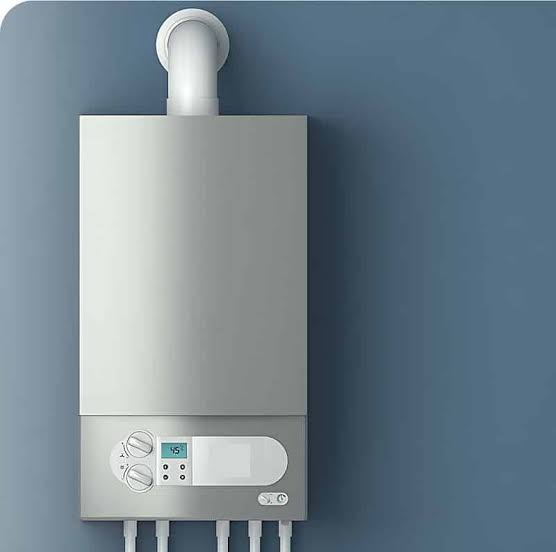
Spasticity is a condition characterized by increased muscle tone, stiffness, and involuntary muscle contractions. It commonly affects children with neurological disorders such as cerebral palsy, traumatic brain injuries, spinal cord injuries, and genetic conditions affecting the nervous system. Managing spasticity in children is essential for improving mobility, comfort, and overall quality of life. This article explores various management strategies for spasticity in children with neurological conditions.
Physical Therapy and Rehabilitation
One of the most common practices of helping manage spasticity is physical therapy. A well-structured therapy program helps improve muscle flexibility, strength, and coordination.
- Stretching Exercises: Regular stretching reduces muscle stiffness and improves joint mobility.
- Strength Training: Strengthening weak muscles helps counteract the effects of spasticity.
- Functional Movement Training: Encourages children to use affected limbs in everyday activities.
- Hydrotherapy: Water-based therapy helps relax muscles and reduce spasticity while improving movement.
Physical therapy should be tailored to each child’s needs to maximize effectiveness and long-term benefits.
Occupational Therapy
Occupational therapy helps children develop skills necessary for daily activities such as dressing, eating, and writing.
- Adaptive Techniques: Teaching children alternative ways to perform tasks can help them become more independent.
- Assistive Devices: Using tools such as braces, splints, and specialized utensils can make activities easier.
- Hand Therapy: Focuses on improving fine motor skills, which can be affected by spasticity.
By incorporating occupational therapy into a child’s routine, they can develop greater autonomy and improve their functional abilities.
Orthotic Devices and Assistive Equipment
Orthotic devices and assistive equipment play a crucial role in managing spasticity by supporting posture and movement.
- Braces and Splints: Help maintain proper limb alignment and prevent contractures.
- Walkers and Wheelchairs: Provide mobility support for children with severe spasticity.
- Standing Frames: Promote bone health and muscle strength in children with limited mobility.
Proper selection and fitting of these devices should be guided by healthcare professionals to ensure maximum comfort and effectiveness.
Medications for Spasticity Management
Several medications are available to help reduce muscle stiffness and improve movement.
- Baclofen: A muscle relaxant that helps decrease spasticity by acting on the nervous system.
- Diazepam: A sedative that can provide short-term relief from muscle spasms.
- Tizanidine: Reduces muscle tone by inhibiting nerve signals responsible for spasticity.
- Dantrolene: Works directly on muscles to reduce stiffness.
Medication is often used alongside physical therapy for better management of spasticity. The choice of medication depends on the child’s condition and response to treatment.





